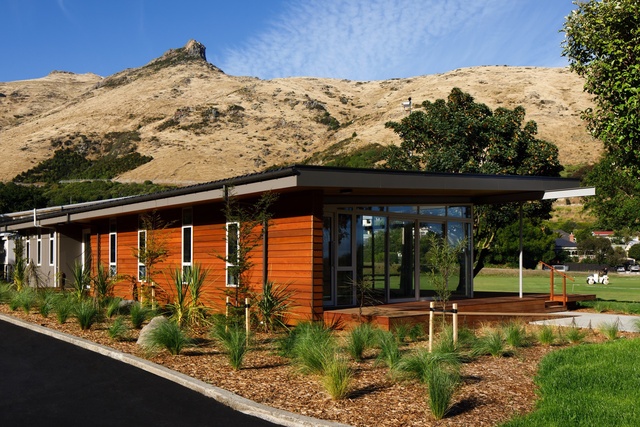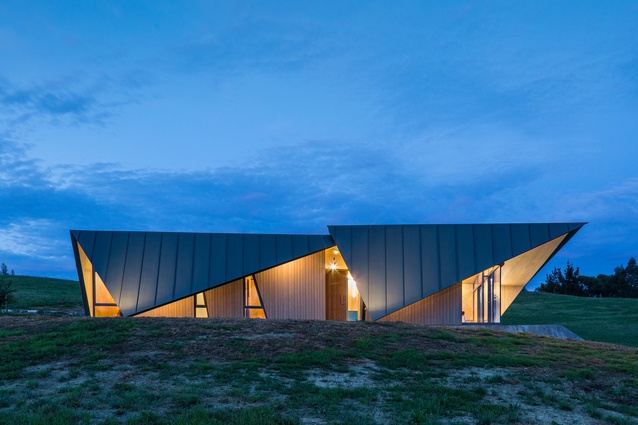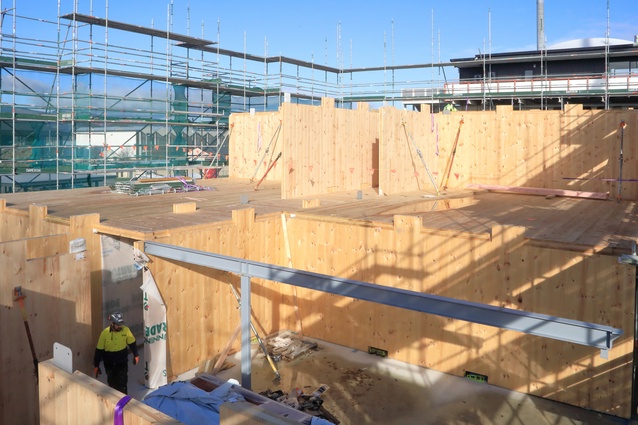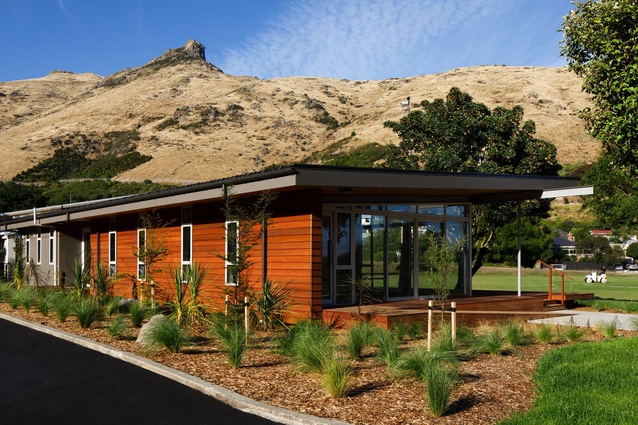XLam expands as Kiwis are urged to think timber
XLam, Australasia’s largest manufacturer of Cross Laminated Timber (CLT), has announced a wave of investments in the production of this technologically advanced product. The company opened a $30 million Australian manufacturing plant earlier this year and has additionally announced an investment of approximately $5 million for upgrades to its Nelson facility.
CLT is large-format building panels and elements that are created by bonding together timber boards orthogonally. The end product is a sustainable and renewable timber. XLam CEO Gary Caulfield notes the utility of the product saying, “CLT is a key building block in the delivery of prefabricated buildings, which offer the potential to address New Zealand’s current housing shortage, providing safer, high quality, faster builds.”
The news of XLam’s investments comes at a time when New Zealand is being urged to join the ‘timber revolution’. Many locales – such as British Columbia, Japan and, more recently, Australia – have initiated various “wood first” policies to encourage the use of the material. Have Kiwis been too slow to embrace it?

New Zealand has long been a forerunner in the production and engineering of timber products. However, the study Architects’ Perceptions of Engineered Wood for use in Non-Residential Construction in New Zealand by Beckman-Cross Trent (2012) reported that up to 81 per cent of architects in Auckland have never designed with engineered timber.
Rotorua Lakes Council has adopted their own “wood first” policy to promote construction with timber – one of their biggest exports with 40 per cent of the nations lumber coming from within 100 kilometres of the city – with an organisation called Grow Rorotua. Former president of the New Zealand Institute of Architects Pip Cheshire says, “It is well past time that all of us in the industry had an equal understanding of and facility with new methods of wood construction in larger buildings, and of the strengths and opportunities offered by the new engineered wood products.”
Caulfield shares this sentiment saying, ““While Europe has been using CLT for more than 20 years, and the United States has seen a strong uptake in the last few years, New Zealand has lagged behind in adopting the more efficient, higher quality building material and the associated construction methodology.”
He adds, though, that the trend is changing for the better “However, with New Zealand’s current housing shortage and high demand for lower cost housing, along with a construction industry staffing and skills shortage, demand for CLT prefabricated houses is expected to soar – indeed we’re already seeing the increasing demand.”

Both Caulfield and chief executive of Grow Rotorua, Francis Pauwels, have expressed that in order for New Zealand to embrace this timber revolution, new ways of thinking must be adopted and an eagerness to gain specialised skills is required. Grow Rorotrua is committed to these new ways of thinking. Pauwels said, “When the expectation of timber design and engineering is disclosed from the outset then it sets a value on the more specialised expertise required. Ideally this will serve as a catalyst for the uptake of engineered timber in commercial settings.”
XLam also sees their Nelson investment – which includes hiring new staff and buying new machinery to increase their output of CLT – as a way to foster the engineered timber industry as a whole. Caulfield concluded, “This is the best time in New Zealand’s history for wood construction and offsite manufacturing, and XLam is investing heavily to ensure we can help bring better, more affordable housing to more New Zealanders.”













